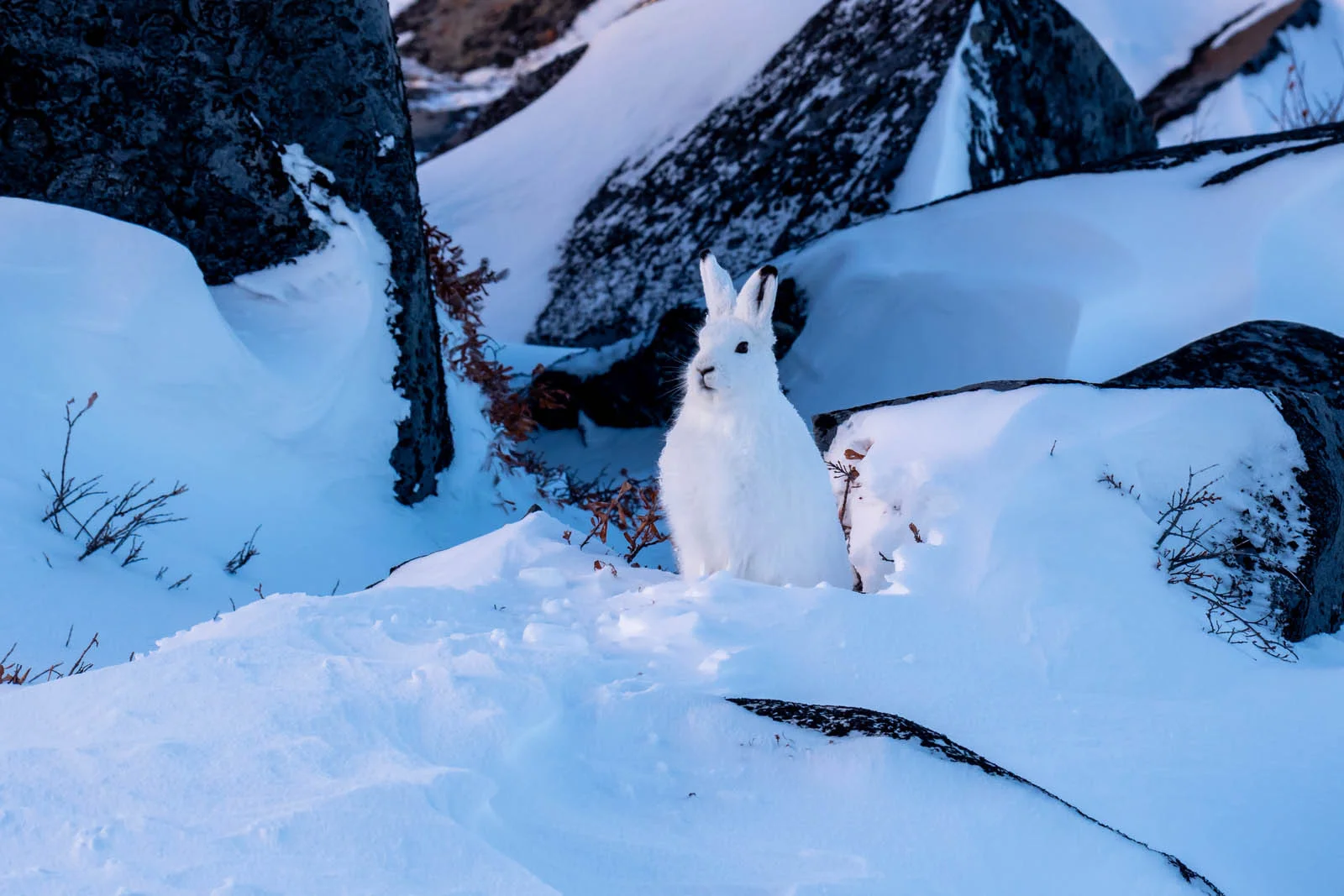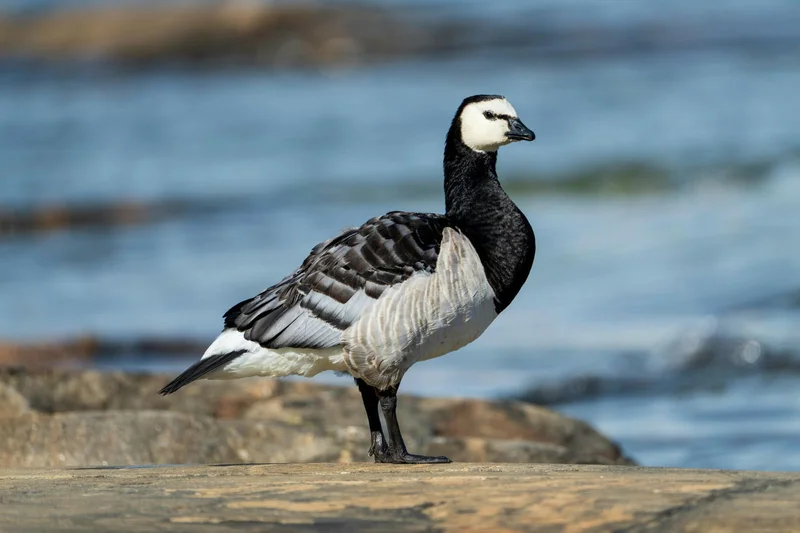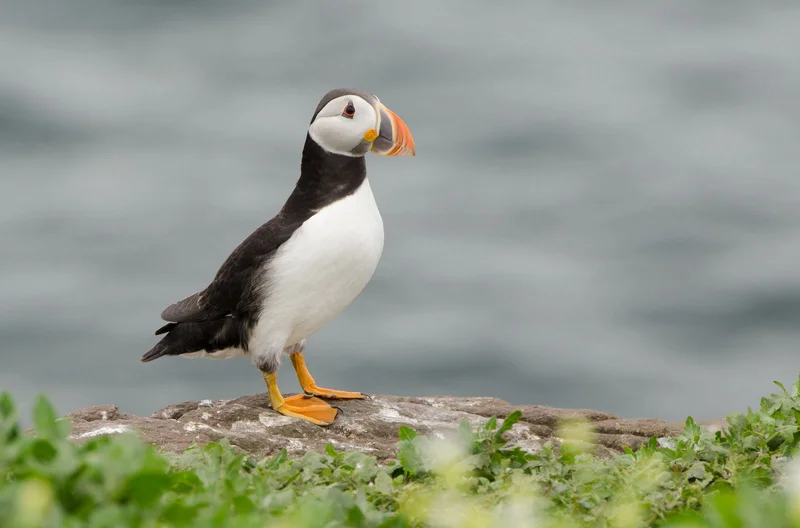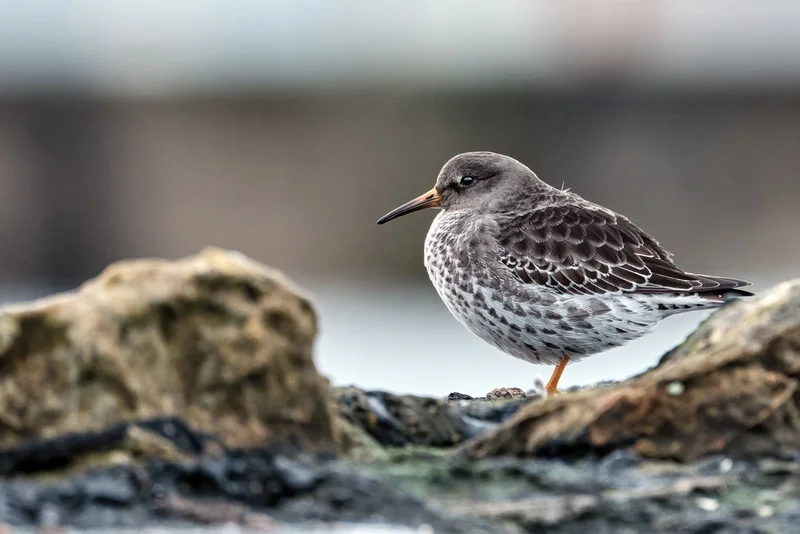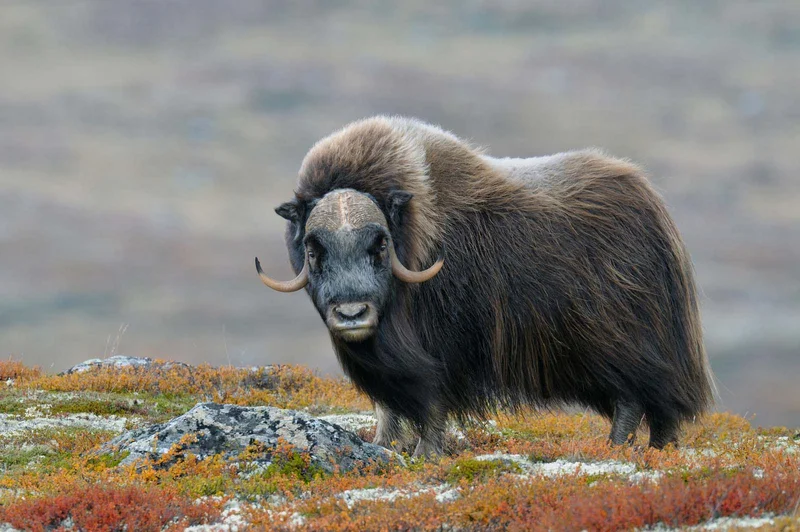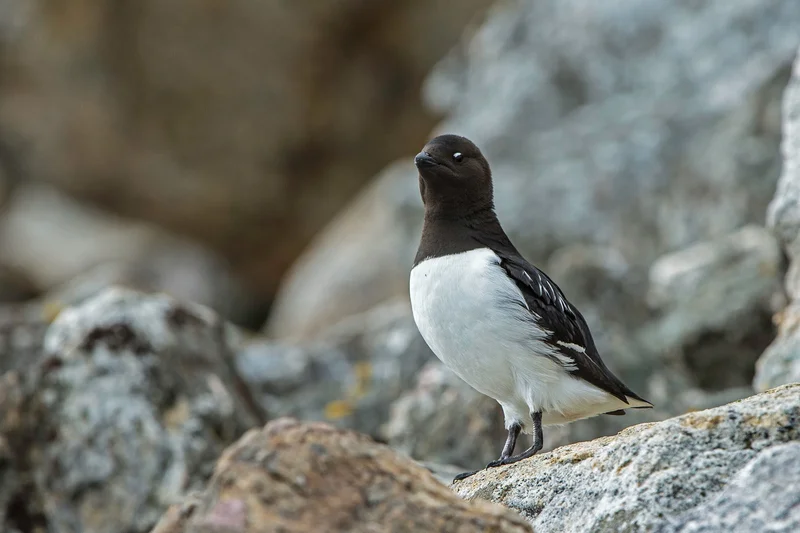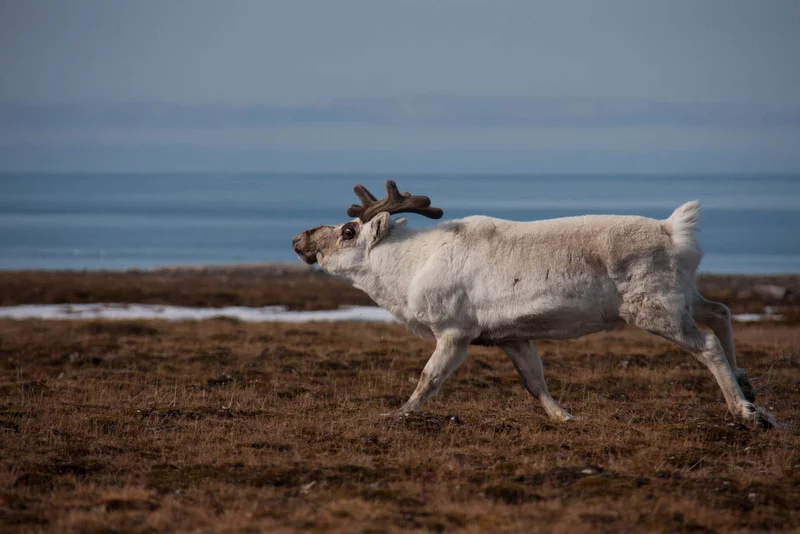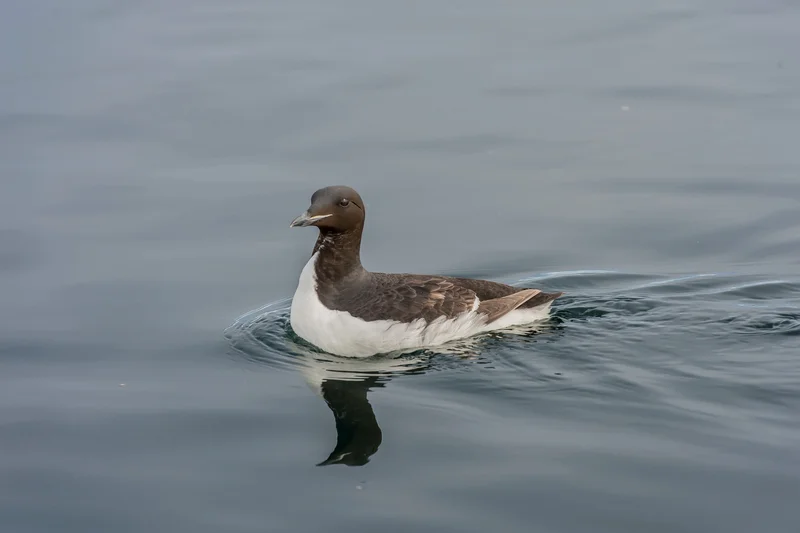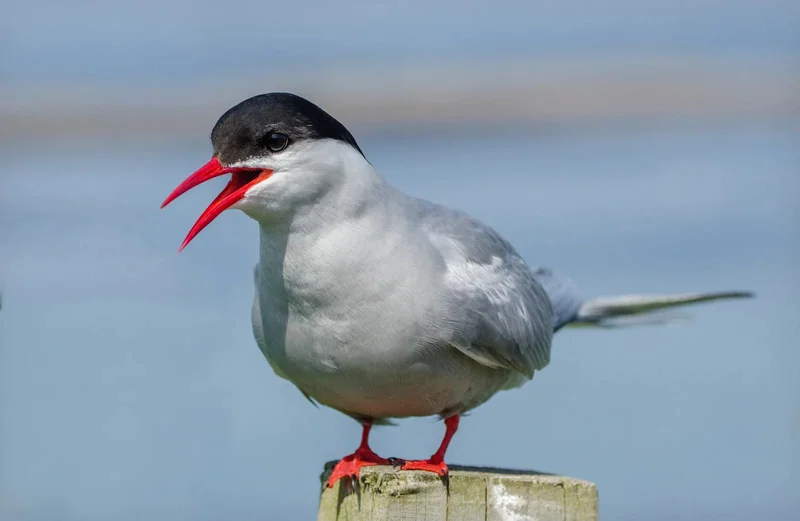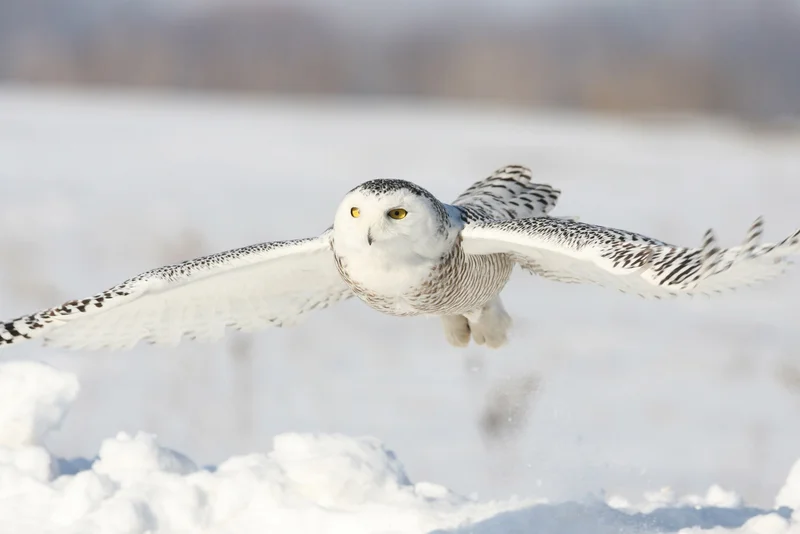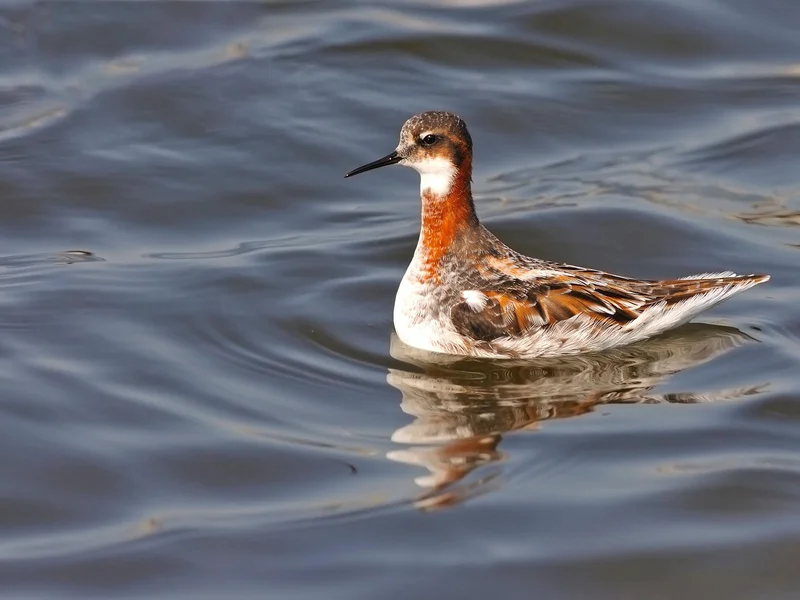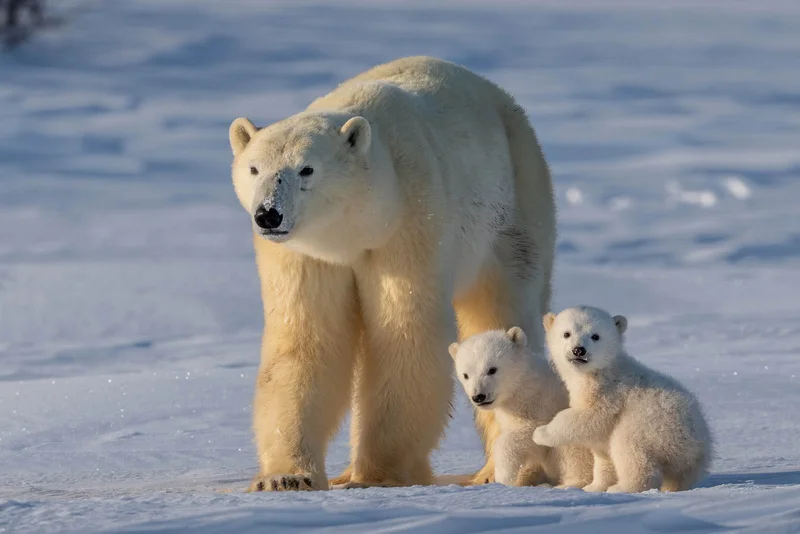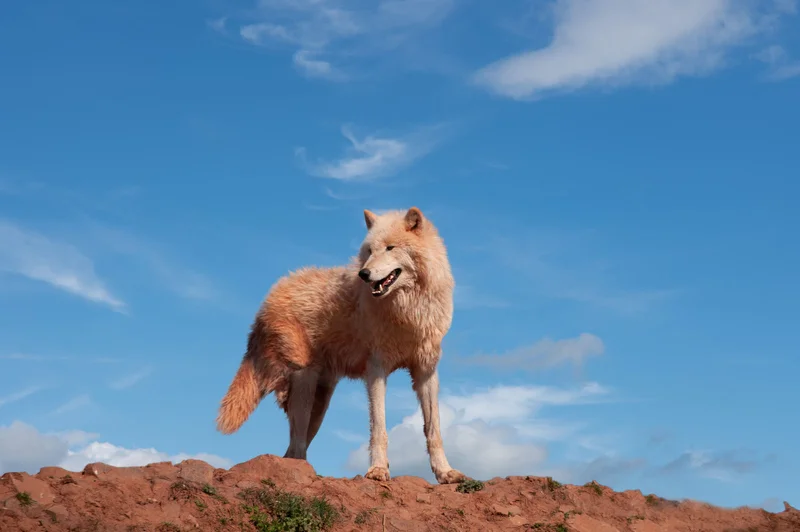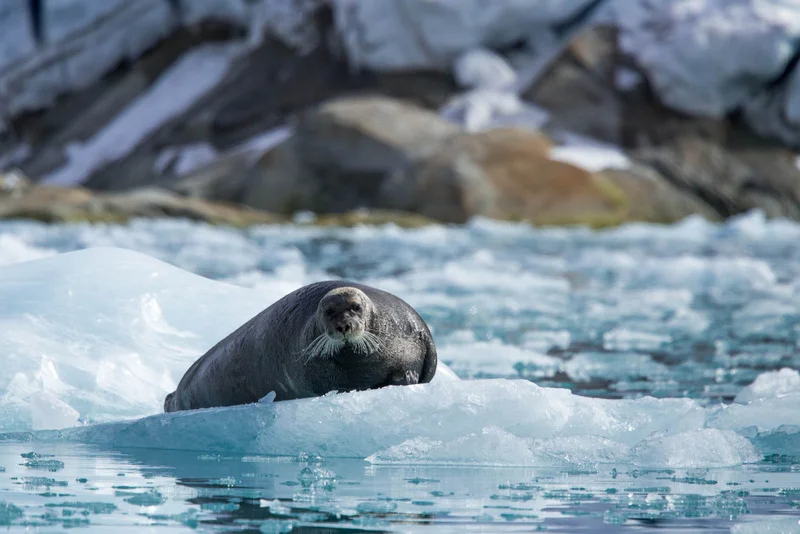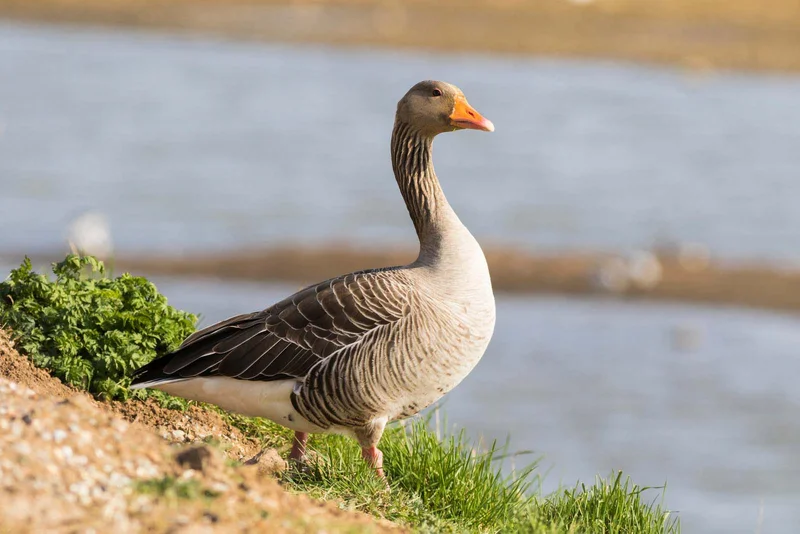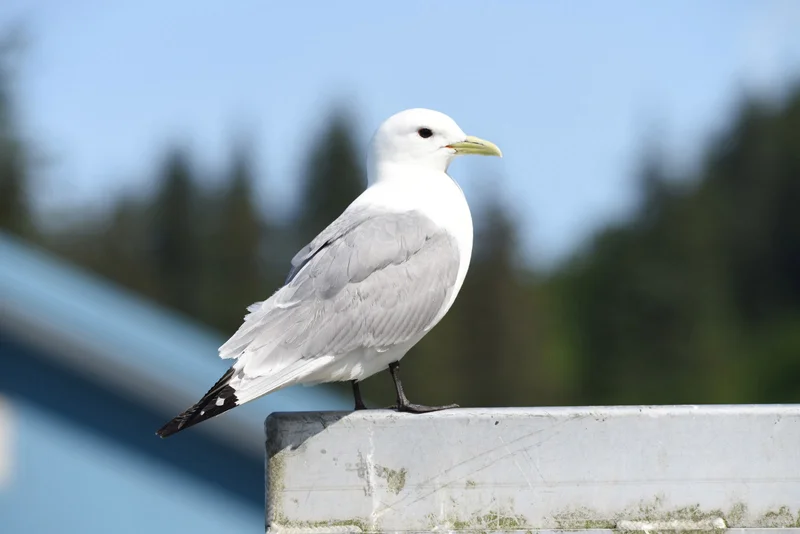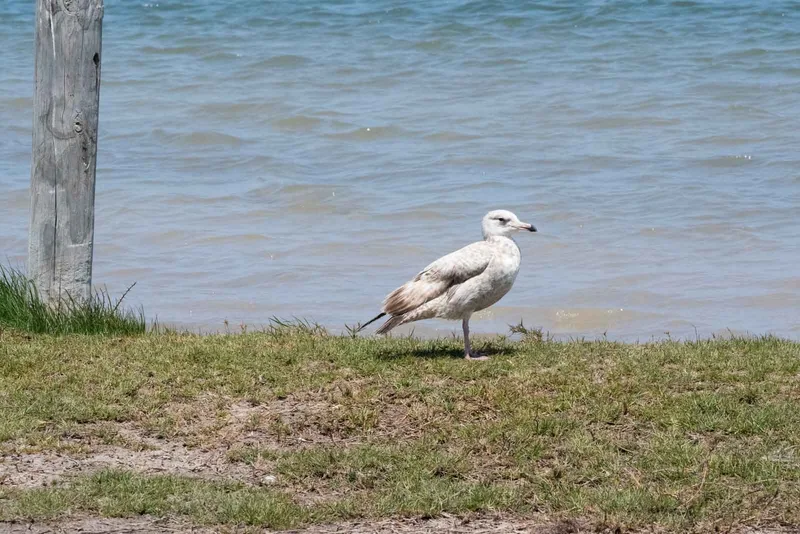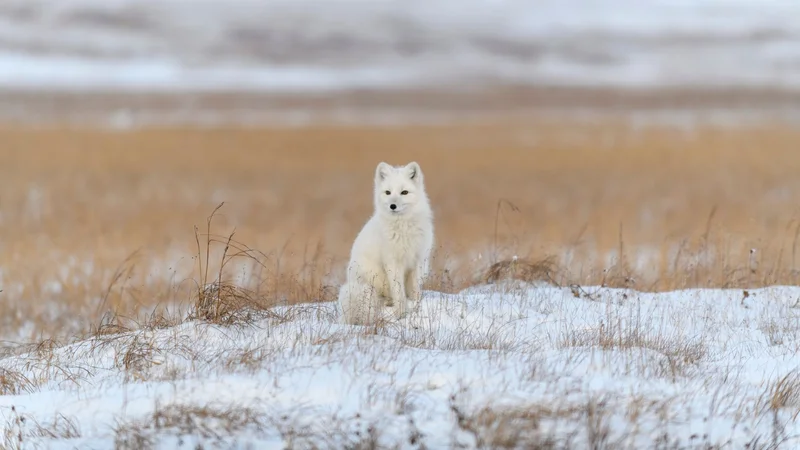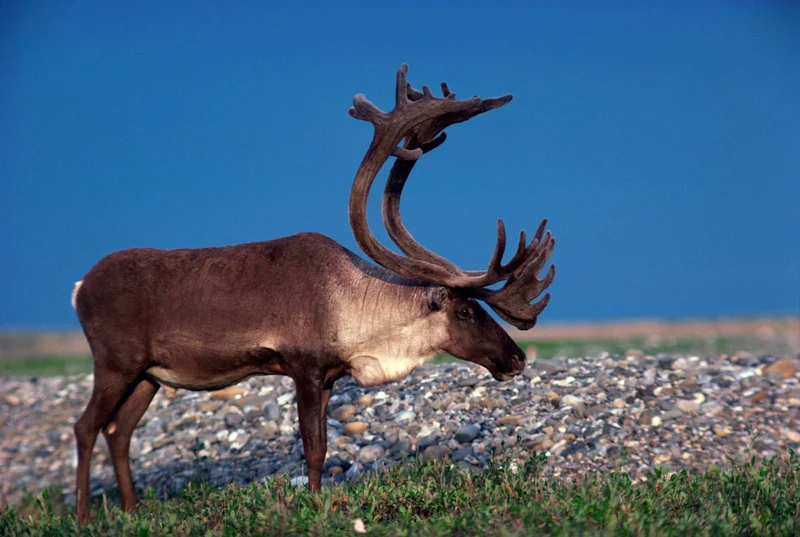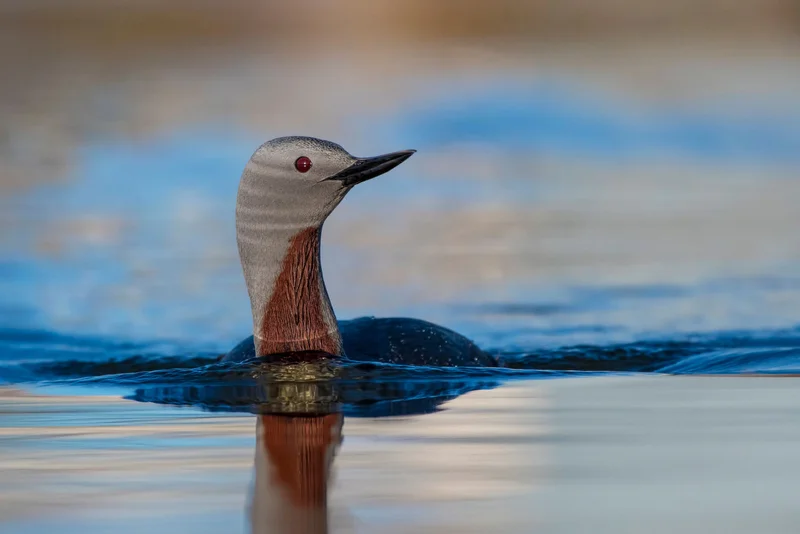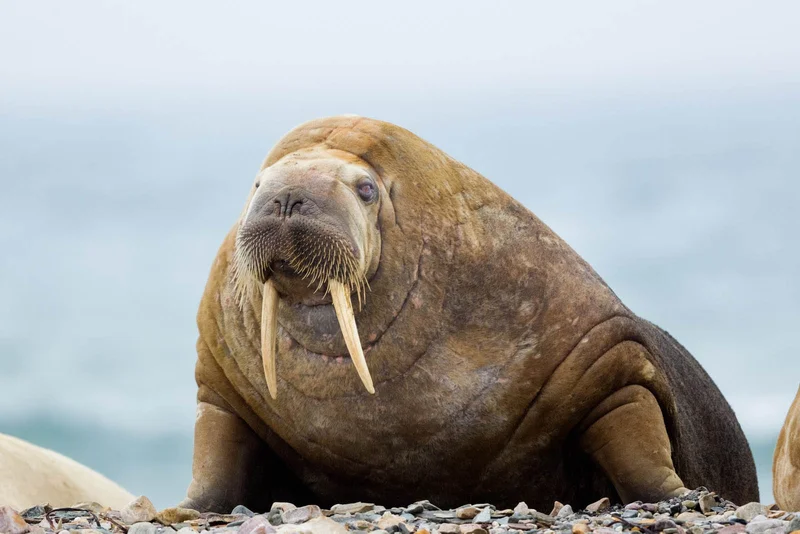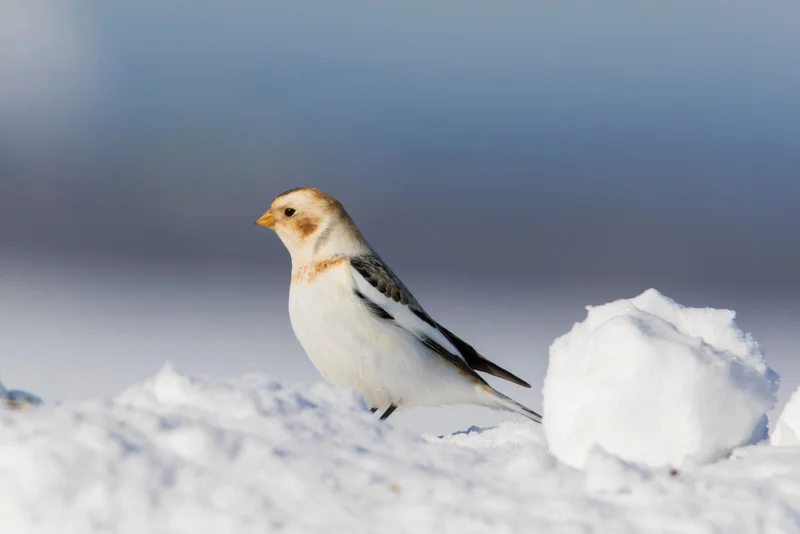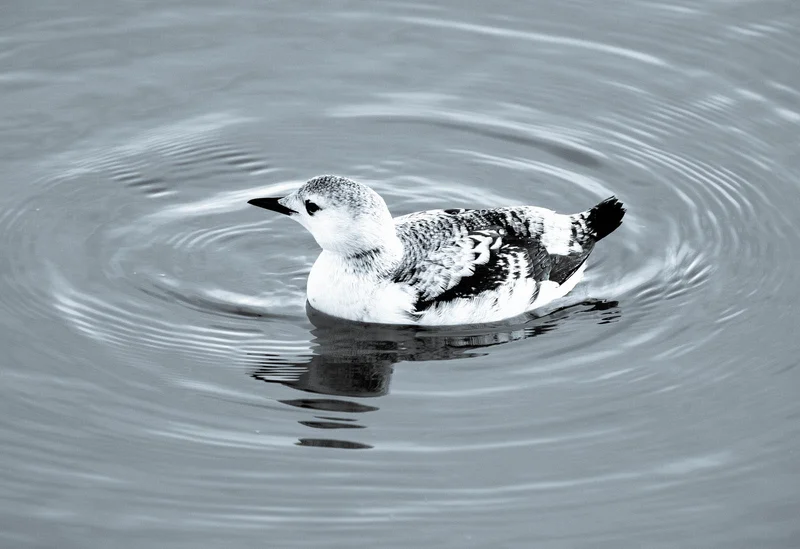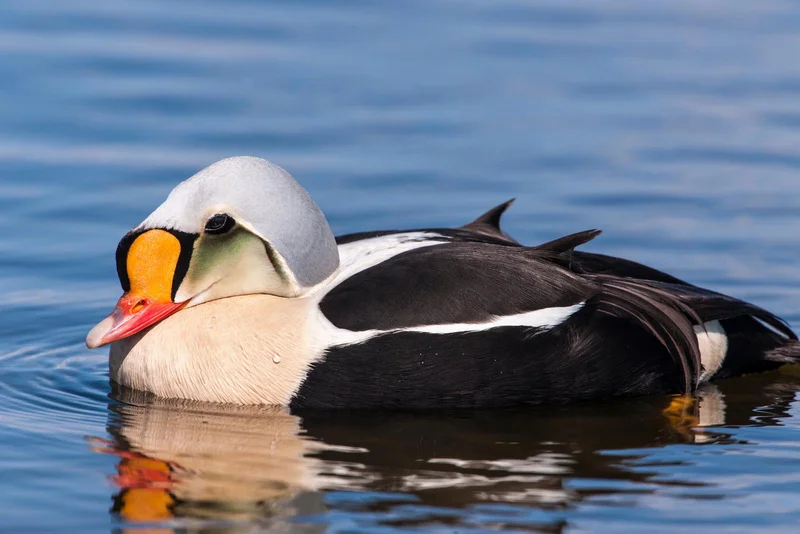Essential Arctic Hare Information
The Arctic Hare is a remarkable animal adapted to survive in the icy tundra of Greenland, Northern Canada, and the Canadian Arctic islands. As one of the largest hare species, it grows up to 70 cm (28 inches) long and weighs up to 7 kg (15 lbs). This hare is vital to the Arctic ecosystem, relying on a diet that is mainly willow and using snow as its primary source of hydration due to the scarcity of freshwater.
Physical Characteristics and Camouflage
Southern populations of the Arctic Hare molt twice a year to maintain camouflage, with white fur in the winter and brown in the summer. However, hares living further north stay white year-round, as snow and ice persist for much of the year in these regions.
Behavior and Adaptations
Arctic Hares are surprisingly fast runners, reaching speeds of almost 40 mph when evading predators like Arctic wolves, Arctic foxes, gyrfalcons, and snowy owls. They are also known for their unique behavior of standing on their hind legs to get a better view of their surroundings. In this pose, they can hop quickly, an amazing sight to witness.
Habitat and Predators
Arctic hares are well adapted to the cold, with 20% of their body weight made up of fat, making them a valuable prey for carnivores. Their habitat includes snow-covered tundra regions where they rely heavily on plants like willow for sustenance. Despite their bulk, their agility and speed help them survive in these harsh environments.
Interesting Facts
- Speed and Agility: Arctic Hares can run at speeds of nearly 40 mph to escape predators.
- Standing Behavior: They often stand up on their hind legs for a better view and can hop quickly in this pose.
- Camouflage: Southern populations change fur color seasonally, while northern populations remain white year-round.
